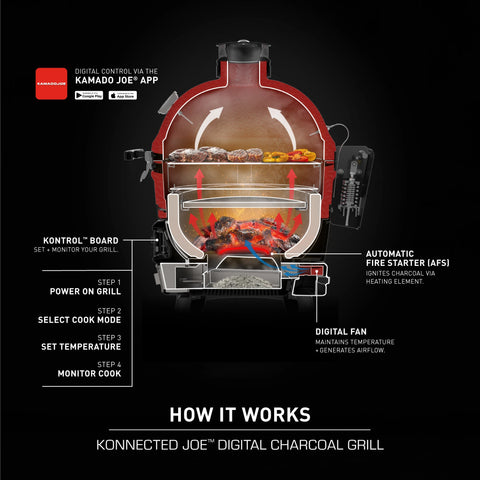
Have you ever wondered how your refrigerator keeps your food cold, or how your oven cooks your pizza perfectly? It all comes down to something called temperature control. This isn't just about making things comfortable; it's about precision, safety, and efficiency.
Why is Temperature Control Important?
Temperature control is crucial in many areas, including:
- Home Comfort: Think about your thermostat. It keeps your house at a comfortable temperature, whether it's freezing outside or scorching hot.
- Food Safety: Keeping food at the right temperature prevents harmful bacteria from growing. This is vital in restaurants, grocery stores, and even your own kitchen.
- Industrial Processes: Many manufacturing processes require very precise temperatures. For example, making steel, glass, or even medicines needs strict temperature regulation.
- Scientific Research: Scientists rely on accurate temperature control for experiments. Even a tiny change in temperature can affect the results.
- Medical Applications: From storing vaccines to performing surgeries, temperature control is essential in healthcare.
How Does Temperature Control Work?
/https://tf-cmsv2-smithsonianmag-media.s3.amazonaws.com/filer/fe/19/fe193cb7-edf3-4f2b-bfa8-24d53c7699c7/jun2019_f02_submarine_copy-edit.jpg)
The basic principle of temperature control involves these key components:
- Sensors: These devices measure the temperature. Think of them as the "eyes" of the system.
- Controllers: These are the "brains." They receive information from the sensors and decide what actions to take.
- Actuators: These are the "muscles." They carry out the controller's instructions, like turning on a heater or cooler.
There are different types of temperature control systems, including:
Open-Loop Control
This is the simplest type. It doesn't use feedback from the sensor. For example, a simple toaster might have a timer that controls how long the heating element stays on. It doesn't check the actual temperature of the bread.
Closed-Loop Control
This is more sophisticated. It uses feedback from the sensor to adjust the temperature. A thermostat in your home is a good example. It measures the room temperature and turns the heating or cooling system on or off to maintain the desired temperature.
Examples of Temperature Control in Action
Let's look at some everyday examples:
- Refrigerators: They use a closed-loop system to keep the inside at a constant cold temperature.
- Ovens: Modern ovens often have precise temperature controls, allowing you to bake or roast food perfectly.
- Air Conditioners: These cool the air in your home or car by removing heat and humidity.
- Heating Systems: Furnaces, boilers, and heat pumps all work to keep your home warm during cold weather.
- Incubators: Used in labs and hospitals, these devices maintain a stable temperature for growing cells or keeping newborns warm.

The Future of Temperature Control
As technology advances, temperature control systems are becoming more intelligent and efficient. We're seeing:
- Smart Thermostats: These learn your habits and automatically adjust the temperature to save energy.
- Advanced Sensors: New sensors can measure temperature more accurately and in more challenging environments.
- Energy-Efficient Systems: Innovations in materials and design are leading to more efficient heating and cooling systems.
- Integration with AI: Artificial intelligence is being used to optimize temperature control in complex systems, such as data centers and industrial plants.
Temperature control is a fundamental part of our modern world. Understanding how it works can help us appreciate the technology that keeps us comfortable, safe, and productive. Whether you're baking a cake, storing medicine, or manufacturing a complex product, precise temperature control is essential.
No comments:
Post a Comment
Note: Only a member of this blog may post a comment.